According to the report of the Department of Dyke Management and Natural Disaster Prevention and Control (Ministry of Agriculture and Rural Development), in the first 7 days of August, the mountainous areas of the North had heavy to very heavy rain with a total amount of 300 - 400 mm.

Floodwaters destroyed many houses and buildings in Mu Cang Chai District ( Yen Bai ).
Heavy rains caused localized floods on small rivers and streams, flash floods, landslides, and inundation in many localities in the northern mountainous region, causing damage to people, houses, production, and infrastructure, especially in the provinces of Lai Chau , Yen Bai, Son La, and Lao Cai...
In the northern mountainous region, 11 people were killed, 2 were missing and 3 were injured; more than 300 houses; more than 170 hectares of crops and 11 hectares of aquaculture, a series of irrigation works and schools were damaged. In addition, landslides affected traffic and 35KV power poles fell, causing widespread power outages in Yen Bai.
In the Central Highlands, floods and landslides destroyed a series of constructions and roads in Lam Dong, Dak Lak, and Dak Nong provinces. The most serious was the landslide at Bao Loc Pass (Lam Dong) on the afternoon of July 30, which killed three traffic police officers and one civilian.
Deforestation is the main cause of landslides.
According to Professor - Dr. Vu Trong Hong, former Deputy Minister of Agriculture and Rural Development, there are many causes leading to landslides and mountain subsidence in the northern mountainous provinces and the Central Highlands.
First, we must mention the unusual weather factor in the Central Highlands, due to the sun causing the adhesion of the clay to dry and decrease. After the sun, it rains for many days, leading to landslides.

Deforestation for fruit and timber cultivation will destroy vegetation, thereby losing the function of water retention, and when it rains, it will cause landslides.
The deeper cause, according to Mr. Hong, is due to humans. In mountainous provinces and the Central Highlands, the conversion of forest land to grow perennial crops, deforestation for residential land, construction of houses and works; clearing mountains for roads, and unreasonable slope design also cause landslides and rockslides in the rainy season.
"Currently, the demand for land for agricultural purposes is extremely high. Many people think that if farming in this place is not effective, they will move to another place. There is a lot of land, especially forest, causing people to cultivate carelessly without thinking about the consequences. The authorities, especially the Ministry of Agriculture and Rural Development, should investigate and clarify this matter," said Professor - Dr. Vu Trong Hong.
According to Mr. Vu Trong Hong, the destruction of primary forests and protective forests is the main cause of landslides and flash floods. Forests have the function of retaining water, when the forest is not affected, vegetation will grow. From there, when it rains, the vegetation can retain the water flow, limiting erosion that causes floods.
"Most of the landslide sites in the Central Highlands no longer have primary forests. Instead, there are bare hills or sparsely planted timber and fruit trees. These trees have a short life cycle, and the roots have not yet formed vegetation before they are cut down," Mr. Hong added, adding that deforestation to plant timber and fruit trees will cause unpredictable consequences, which he warned about more than 20 years ago, when he was Deputy Minister of Agriculture and Rural Development.
"Don't blame nature"
In early August, Yen Bai province was one of the localities heavily affected by flash floods and landslides. Heavy rain on the evening of August 5th killed two children due to landslides. The floods also caused the entire Mu Cang Chai district to lose power for many days, and a commune was isolated by floodwaters due to the destruction of many sections of the national highway.

National Highway 32 in Mu Cang Chai was destroyed.
Mr. Dinh Dang Luan, Director of the Department of Agriculture and Rural Development of Yen Bai province, said that due to the strong and changing direction of the floodwaters, cutting across National Highway 32, two sections of road Km 325 and Km 326 were completely destroyed. The heavy floodwaters were also the reason why Ho Bon commune in the area was isolated, with no one able to enter or exit.
Commenting specifically on the natural disaster in Mu Cang Chai district, former Deputy Minister of Agriculture and Rural Development Vu Trong Hong affirmed that a lot of forest will definitely be lost here.
"When building roads, engineers must also carefully study which direction floodwater flows so they can avoid it. However, when the forest is lost, the water will flow haphazardly, and it is no longer known where the floodwater is. Obviously, when the flood flows like that, it will destroy traffic works as it passes by," analyzed Professor - Dr. Vu Trong Hong.
Flash floods not only occurred in the northern mountainous region and the Central Highlands but also in Soc Son District (Hanoi). On the morning of August 4, many cars parked on the road in Phu Ninh village (Minh Phu commune, Soc Son district) were suddenly buried by mud. At the time of the incident, there was localized heavy rain in the area.
According to Professor - Doctor Vu Trong Hong, the flash flood phenomenon in Soc Son district is due to the high density of construction of houses and resorts on the mountains.

Part of the protective forest in Soc Son District (Hanoi) seen from above
"The digging to build houses is the cause of floods. The houses that appear will block the flood water from flowing, so the flood will go in another direction. It is necessary to consider whether all these houses are part of the residential planning or not. If they are, it is necessary to check whether the construction is at the right distance. Absolutely do not let the situation of building houses without permission from the authorities happen. If it rains heavily, the consequences will be very serious," Mr. Vu Trong Hong continued.
Professor Vu Trong Hong said that it is necessary to raise questions about forest management and local management. When people encroach on forests, even build structures in the forests, the locality must be aware.

The area where flash floods occurred in Soc Son District (Hanoi) has many bare hills and many houses.
"Local authorities of communes must report landslide and flash flood areas. However, currently, there is very little information from the People's Committees of communes about landslide areas, so it is very difficult for specialized agencies to assess," emphasized Professor - Dr. Vu Trong Hong.
According to Mr. Hong, localities will have a clear understanding of people's land use and indiscriminate land exploitation.
"I think that in areas with many landslides and flash floods, the first thing to check is whether the forest has been lost. The more the forest is reduced, the more unpredictable the consequences. So, don't blame nature, but look at how humans impact the forest," Professor - Dr. Vu Trong Hong analyzed.
Source link


![[Photo] General Secretary To Lam attends the 18th Hanoi Party Congress, term 2025-2030](https://vphoto.vietnam.vn/thumb/1200x675/vietnam/resource/IMAGE/2025/10/16/1760581023342_cover-0367-jpg.webp)

![[Photo] Nhan Dan Newspaper launches “Fatherland in the Heart: The Concert Film”](https://vphoto.vietnam.vn/thumb/1200x675/vietnam/resource/IMAGE/2025/10/16/1760622132545_thiet-ke-chua-co-ten-36-png.webp)









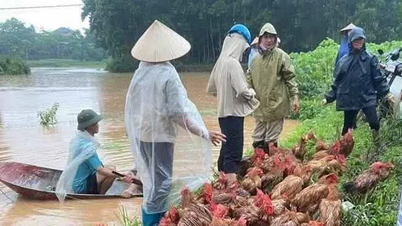
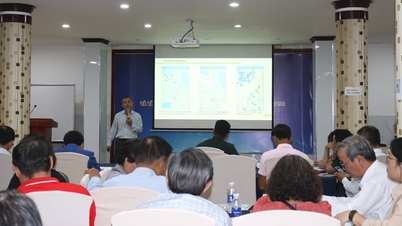
























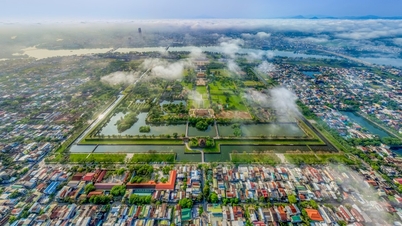





![[Video] TripAdvisor honors many famous attractions of Ninh Binh](https://vphoto.vietnam.vn/thumb/402x226/vietnam/resource/IMAGE/2025/10/16/1760574721908_vinh-danh-ninh-binh-7368-jpg.webp)










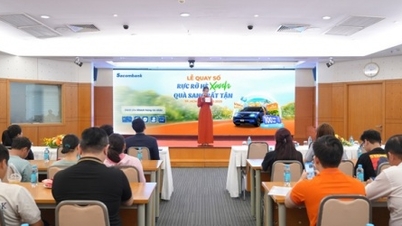






















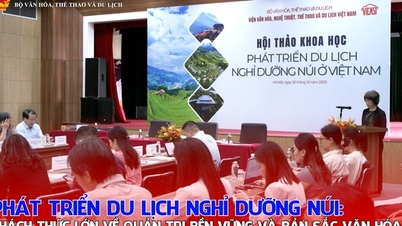





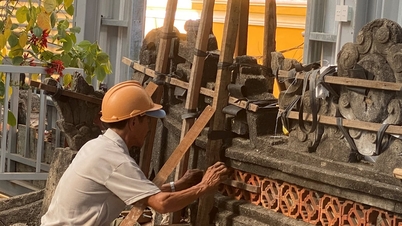

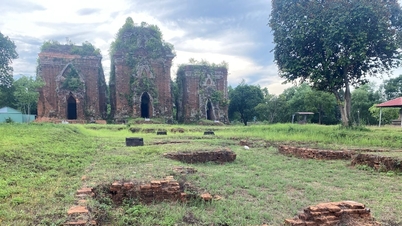



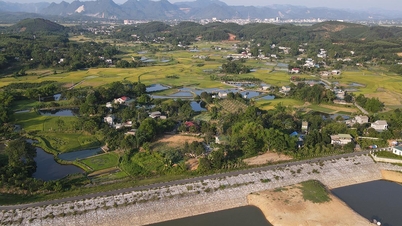

















Comment (0)